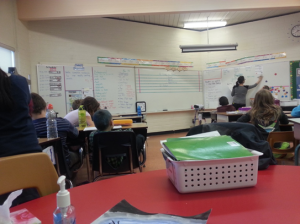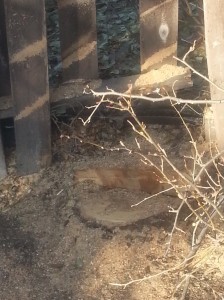Why should I bother teaching Treaty Education curriculum, or First Nations, Metis, and Inuit (FNMI) content in schools? There are not any First Nations students in the class, so it is obviously no relevant or important to teach!
No. Nope. That’s not how it works – ever. That’s like saying, “Well, none of my students are aspiring statisticians so I do not think teaching math is relevant to them.” That is not why we have a Math curriculum, or Science or English or anything else.
First: It is government mandated. It is not optional. It is not a request. It is a requirement outlined in the curriculum as content that must be taught in schools – and not just in “Native Studies 10, 20, 30” in high schools, but in all classes in every grade. End of story; no questions asked.
However, allow me to further convince you of the reality and necessity for teaching Treaty Education in the classroom.
It is not for the benefit of the First Nations, Metis, and Inuit students in the class that you decide to teach the historical content of residential schools and the impact is has on today’s society. More likely than not, they know that. Those students likely have family members – or know someone else – who experienced them first hand. We have to face the reality that, living in Saskatchewan with the racism and stereotypes that exist, they are living the impact of that history. The students who should be learning about residential schools and treaties are the ones who do not have opportunities otherwise to learn about that past – whether they are First Nations or not. If we are to teach students about Canada, and Canadian history, it is a necessity to include FNMI content because FNMI content IS Canadian history. The fact that anyone would brush this off as “unnecessary and irrelevant” because the lack of Indigenous students in the class proves the ignorance and complete need for this information to be a part of education.
We cannot call ourselves Canadians – especially in Saskatchewan – while ignoring, and refusing to learn, something that has such a large impact on the history of this country. Saskatchewan is filled with racism and stereotypes, and it is not the victims of these thought-constructs who need to be told this. They know. If we live in Canada we are affected by this history. We cannot say “It’s in the past, and doesn’t matter anymore.” It does affect us, and the repercussions of the past are still hugely impacting in the lives of First Nations, Metis and Inuit people. We all need to become educated in treaty knowledge and FNMI content. We are all treaty people.























